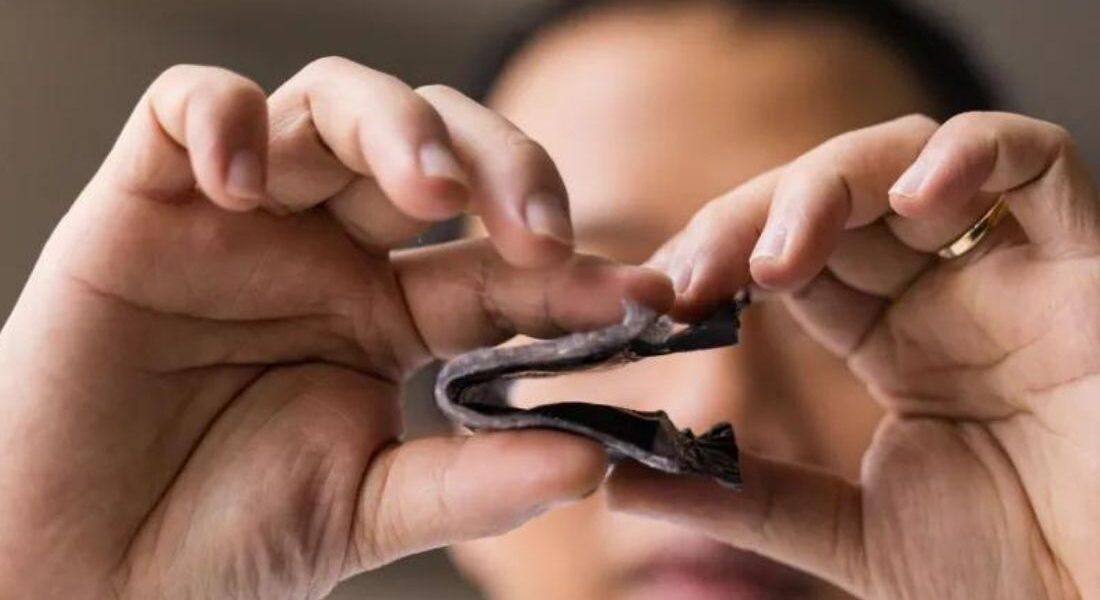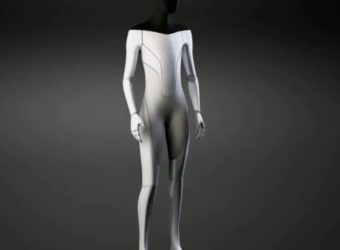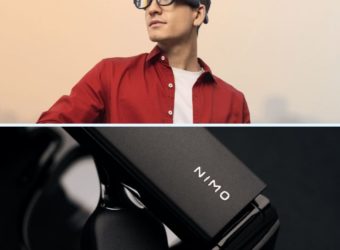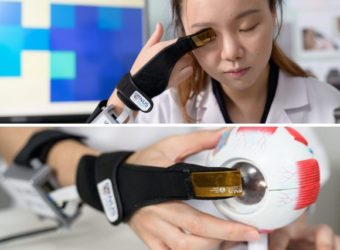We all have become familiar with wearable electronics. It’s because we see or use them every day as a smartwatch, a fitness tracker, or a smart bracelet. Even smart clothes and other medical devices are coming in the market. But don’t you think that these smart wearable devices also need smart washable batteries?
Probably with the same thought, post-doctoral researcher, Dr. Ngoc Tan Nguyen and his PhD student Bahar Iranpour of the University of British Columbia (UBC) developed stretchy, washable batteries for wearable electronic devices.
The researchers were guided by John Madden, an electrical and computer engineering professor at UBC.
Stretchable and washable battery
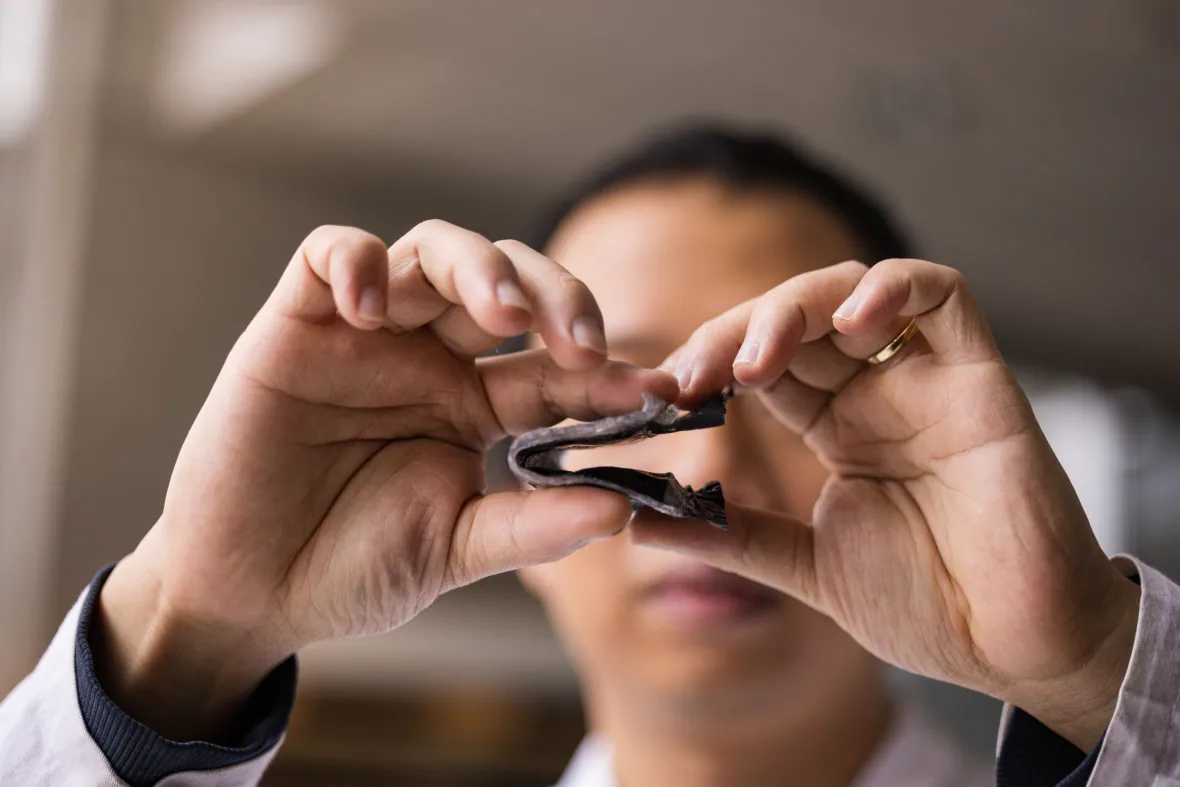
These new stretchable (works even after washed and stretched twice its original length) batteries could find practical use in new wearable electronics. After all, if you want to integrate electronics into clothing, those need to be washable, right? While there is an option to remove a battery before washing. But these types of batteries are rigid and larger.

So, these won’t be comfortable to wear with clothes all the time. Plus, you would need to remember to remove the battery. And, this may get difficult sometimes. That’s why scientists are putting effort to create a stretchable battery that expands like rubber without exploding. Moreover, it can survive washing during laundry.
Composition of low-cost and comfortable washable batteries
The battery is made with manganese dioxide and zinc. Grind these compounds in the form of a fine powder and further encase them in a rubbery polymer or plastic. The composite material is carefully layered and wrapped within a casing of the polymer. Hence, the resulting battery is waterproof, airtight, and even stretchable up to three times its actual length.
Manganese dioxide and zinc are safer battery material, as lithium-ion batteries contain toxic and hazardous elements.
Dr. John Madden, the supervisor of the project, also mentions that the materials used to make these batteries are quite low-cost. So, if it’s made in large quantities, the price will get lower. And, what about power? With this stretchable, soft, and washable battery, researchers are trying to make wearable power with the utmost comfort and convenience.
Durable batteries
These stretchable batteries are very efficient and durable. Since their construction is elastic and waterproof, they can easily withstand ample washes. While testing these stretchy batteries, the scientists did 39 wash cycles in both home and commercial-grade washing machines. Each time, after washing, the battery comes out intact and fully functional. However, this battery still needs some improvements.
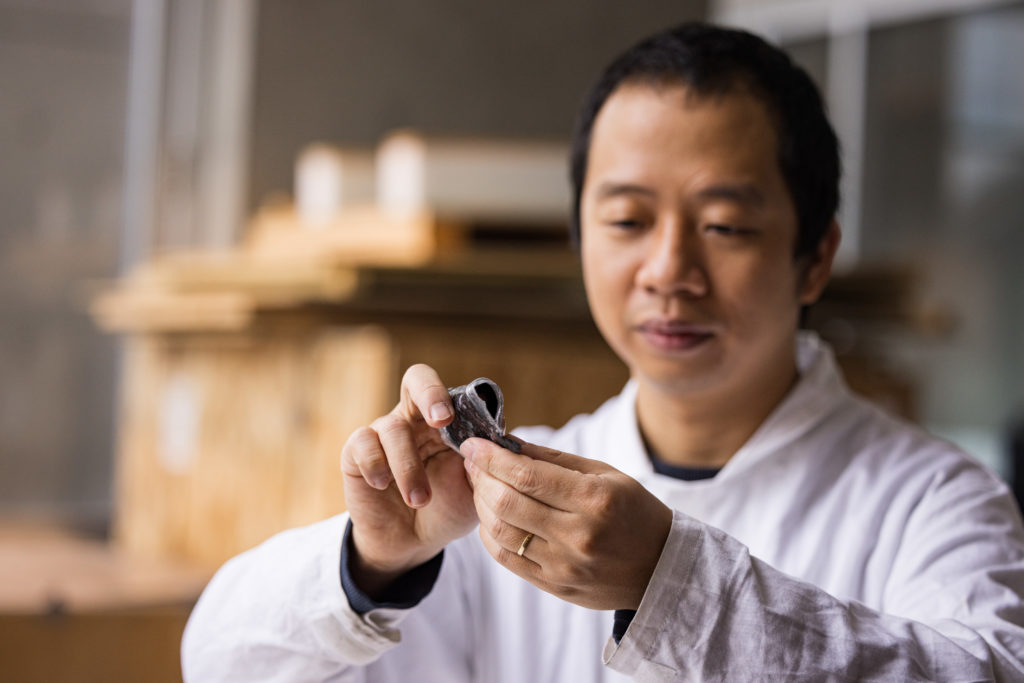
As per the researchers, they have to improve their battery’s life span and power output. Moreover, this innovation is even gathering certain commercial interests. Wondering where to use these batteries? Well, these are suitable for medical wearable devices to measure vital signs. It’s also feasible for smart clothing that regulates body temperature or changes colors. Plus, you can apply these flexible batteries to foldable phones, smartwatches, and other electronics.
Future of stretchable and washable batteries
Wearable electronics are still growing. So, stretchy, washable batteries make good sense. Especially, if they are durable to withstand various wash and charge cycles. And, the next coat of yours can even change its color, and you won’t even feel it inside your smart clothes.
Imagine a battery that’s maybe a little bit larger than a coin cell that you can grab in your hands, stretch to twice its length, twist and throw in the washing machine and it will still work.
All this seems quite interesting. But these batteries still have a long way to go. We’re not sure when researchers will bring them to the commercial market. So, for now, we can only imagine how to use these batteries in future wearable devices.
